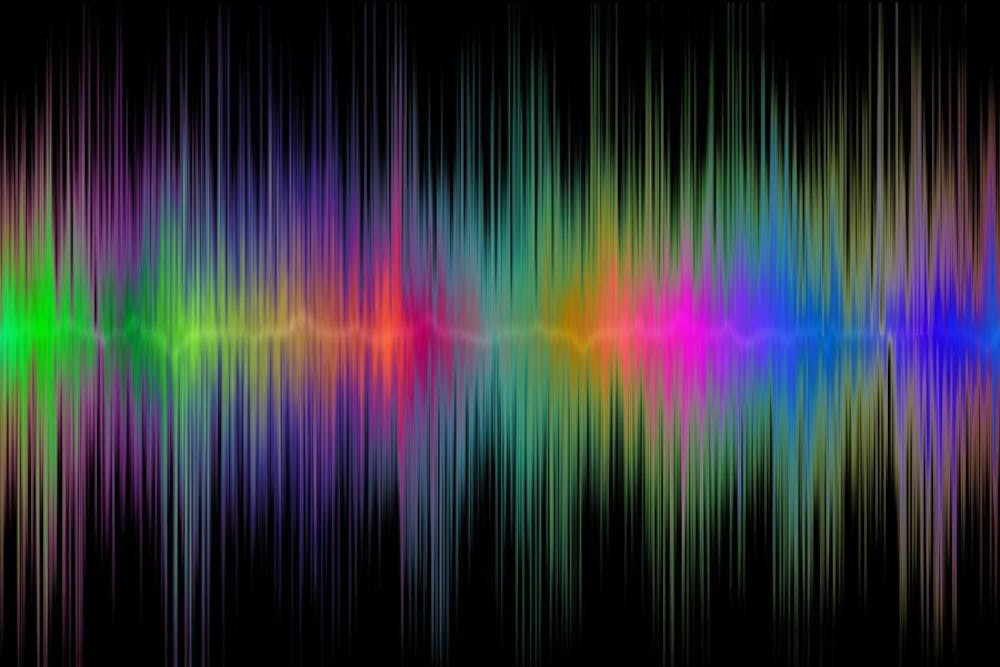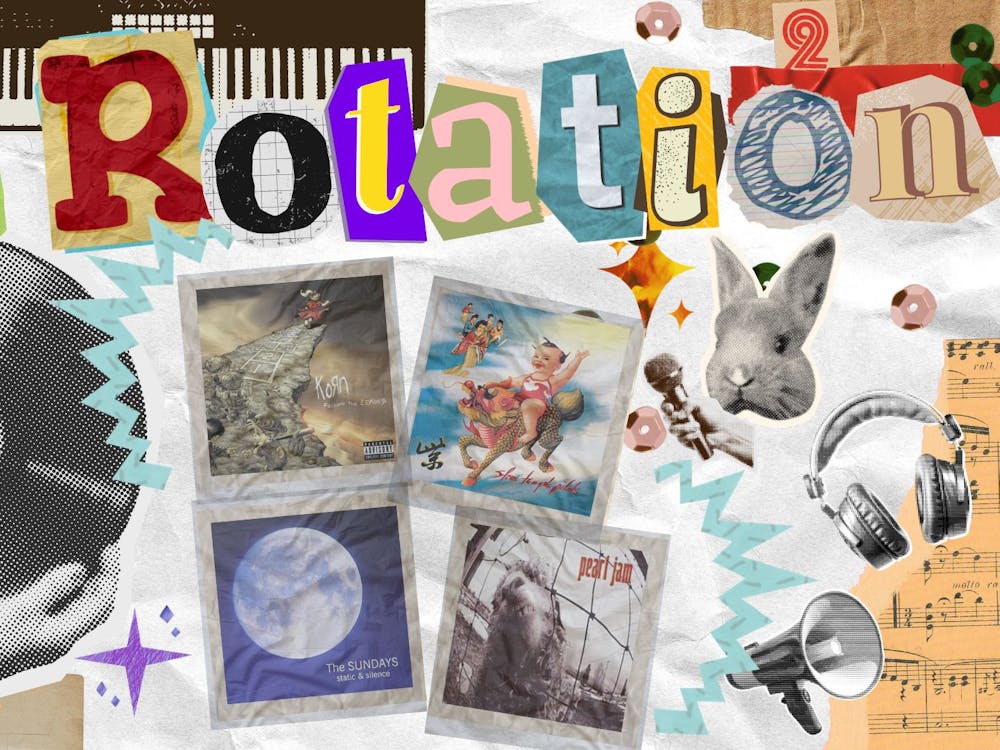By Kyle Hayden, Design Editor
In the United States, we are accustomed to many sounds other cultures - namely European and Japanese - would never tolerate, or simply aren't used to.
If you were overseas this summer, you might have noticed something: no air conditioning in most of Europe. This creates a quiet nighttime environment for sleeping, as sleepers don't have central air, fans, furnaces or air-blowing vents in their homes. They use radiators in the winter, and design their buildings, homes and workplaces so they are naturally ventilated and insulated well enough so they don't get too hot or too cold through the seasons. Interstate and car use in Europe are discouraged by the planning of cities. Residential and commercial areas are dense, rendering the hissing, rumbling sound of traffic we experience in the States non-existent.
My father is in the Air Force, and has been to Japan several times throughout his career. He has remarked on their high-quality quiet roadways, noting that cars make hardly any sound moving across the pavement, which is smooth and integrated with recycled rubber.
You can't see sound on a map, and in the States, we plan our cities with flagrant disregard for the sound environments they create. We have to build walls along our interstates to keep the constant sound of the road away from people's homes. We build commercial areas away from the residential areas so we have to drive to get to them, make four lane roads between these areas, so that, even at 35 mph, a driver feels like they are moving at snail's pace.
Americans tolerate many sounds and here is just a small list of the overwhelming sonic pollution we experience without halt: compressed and normalized music, traffic, the interstate highway, the constant atonal hum of air conditioner units, fans and vents, electronic devices, public displays of sound (going into the late night), car sound systems, airports, electric humming from streetlights, emergency and florescent lights, overhead power lines and transformers. Our shoddy building practices of making cheap, thin walls effectively make our outside sound environments an essential part of our inside environments.
I wonder what silence is. I wonder if there is a state of complete silence.
These questions could be answered by the physical sciences - the movement of vibrations through the different elements that comprise the air we breathe, into the ear and against the various parts of the ear that transfer signals to our brains. If there is no air, there is no sound transmission.
I understand this, but I wonder what it means to be silent.
As a child I would wait in the car for what felt like hours before my parents emerged from the garage door to begin whatever trip we were going on. During that time I noticed a constant ringing in my ear - a high pitched, constant sound that only ceased when I made a sound with my body. I soon learned that I suffer from tinnitus, as I have my whole life. Sleeping with a fan to distract my ears with noise so I would not be kept awake with the perpetual ringing left me thinking: why did I have to listen to a fan to fall asleep? Did no one else hear this ringing when they sat alone in silence?
As a result, I don't like to listen to music or sounds in headphones, or listen to things very loudly, for fear of making this ringing worse, or having total hearing loss in old age.
While my neighbors play criminally loud sounds almost every day of the week, I wonder why they like it, what it's doing to the mind and body of the listener. Lawrence English, a sound artist and researcher from Brisbane, Australia, wrote a book and CD compilation entitled, "Site Listening," on the cultural meaning and situations of sound with a focus on the importance of awareness and listening. He mapped and noted the different sound environments of Brisbane. The book lists 17 places one can go and hear auditory oddities and experience interesting sound environments produced by our manufactured and natural landscape (cars, streets, buildings, nature and so on).
Enjoy what you're reading?
Signup for our newsletter
It is evident our largely unnoticed sound environments can affect our moods, interfere with our focus and draw our attention away from self awareness and into a state of auditory complacency, if not self inflicted hearing damage. Our cultural landscape is immense, and is glued together by the sounds it produces. It will take years of work and awareness on the part of students, citizens and researchers to begin to change cultural attitudes toward sound, right after we figure out just what in the hell causes tinnitus.
There are careful considerations we should make as citizens, listeners and patrons of sound. What kinds of sounds do we want to hear? Which sounds do we wish to avoid? Then, as communities, we need to assemble our environments to match these preferences.
It seems America has no preference. It has no plan.




